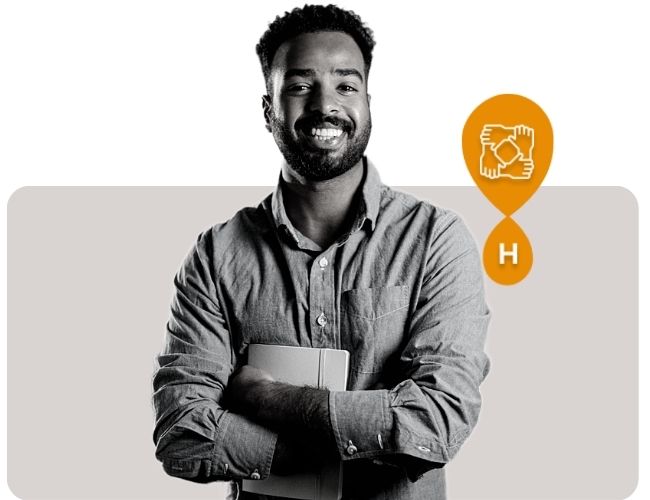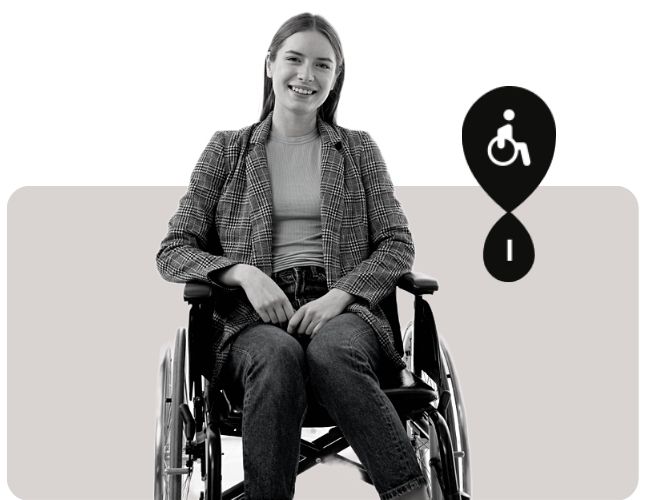What we do
Corporate Education
Training diversity drivenwith a combination of methodologies with market-proven effectiveness.
Studies prove and we at B4People take seriously the premise that active education is an effective method of transforming the mindset. Only by putting people at the center of the construction of their own learning is it possible to truly transform behaviors.
The five pillars of the B4People methodology

Heart - Connection
It is linked to our ability to feel and become emotional in order to transform. Emotion directs, drives, and guides cognition, no mindset transformation can be promoted without recognizing the important role of emotion, it is the star of human adaptive function. We connect with our audience's emotions using real cases that directly affect our judgment and evaluation system, learning happens at deep levels.

Head - Cognition
It is linked to our ability to elaborate a new concept or value and then incorporate it into behavior. Meaningful and motivating learning is the result of the interaction between emotion and cognition, both are so connected at such a basic neurofunctional level, that if one doesn't work, the other is affected considerably.

Hands - Construction
It is linked to the ability to put into practice and maintain in a perennial way the learnings obtained in the trainings. It is in this phase that we realize that emotions not only facilitate the construction and co-construction of new behaviors adapted to the new learned values present, but are certainly facilitators in the development of the process of influencing new values in the organization's culture.

Transversality
It concerns the possibility of establishing in the educational practice, an analogy between learning theoretically systematized knowledge (learning about reality) and real life issues (learning in and from reality).
Transversal themes contribute to humanistic education, understanding of social relations, through learning situations that involve the experience of the individual, current issues, as well as traditional content, creating knowledge generating axes.
Thus, we seek to deal with knowledge from a perspective of overcoming a fragmented and decontextualized conception.

Intersectionality
Intersectional methodology is a lens structured to look at the experience of diverse groups. By diverse we do not refer only to biological (sexes) and sociocultural (genders) differences, but also, to the multiple characteristics that intersect and contribute to the formation of our identity, such as: race, ethnicity, religion, age and physical or mental disability, age, culture. All the arguments and materials for education and development are built based on the plurality of agents that make up society, that is, all the pillars of diversity are considered. From the dynamics to the aesthetic, media and exemplifying references is developed for a plural experience. Without the lens of Intersectionality we risk missing or misinterpreting the experiences of a significant portion of people inside and outside the organization, and as a consequence risk developing actions and initiatives that may inadvertently increase inequalities.
Areas of Concentration
Executive Development | Executive Mentoring | Training for specific groups | Reverse mentoring | Diversity pillar literacy
Talk to our team
Want to know more? Send us a message:
Come with us to open lighter paths.
- Paulista, 1842 15th floor - Conj. 155 Cerqueira César São Paulo - SP, 01311-200
- [email protected]
- +55 (11) 4118-6609

